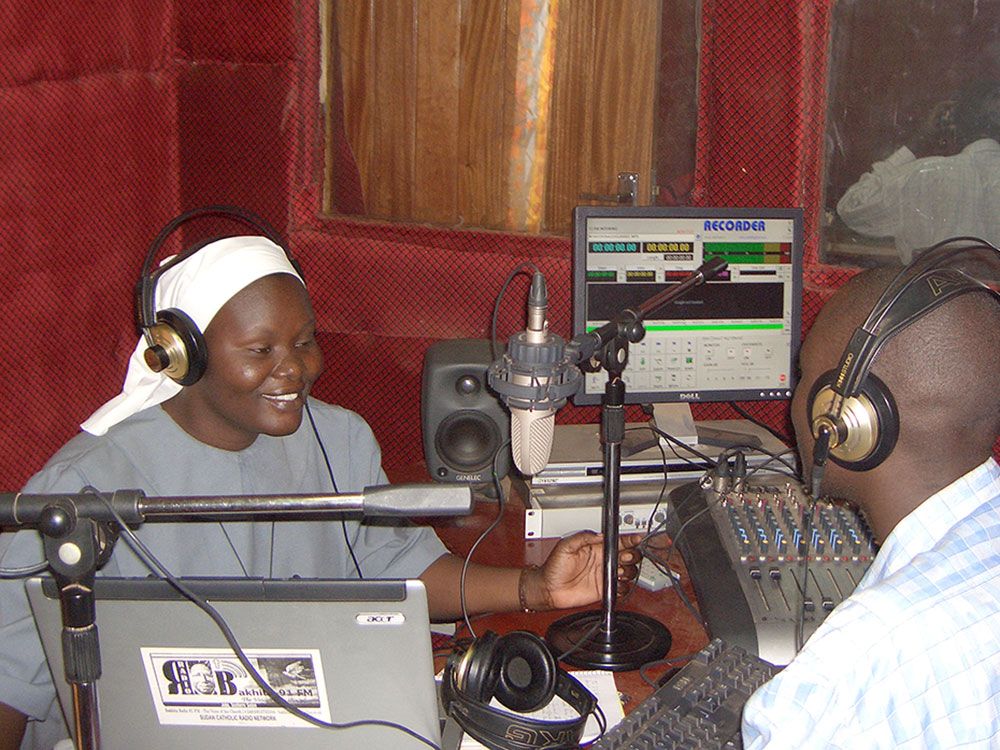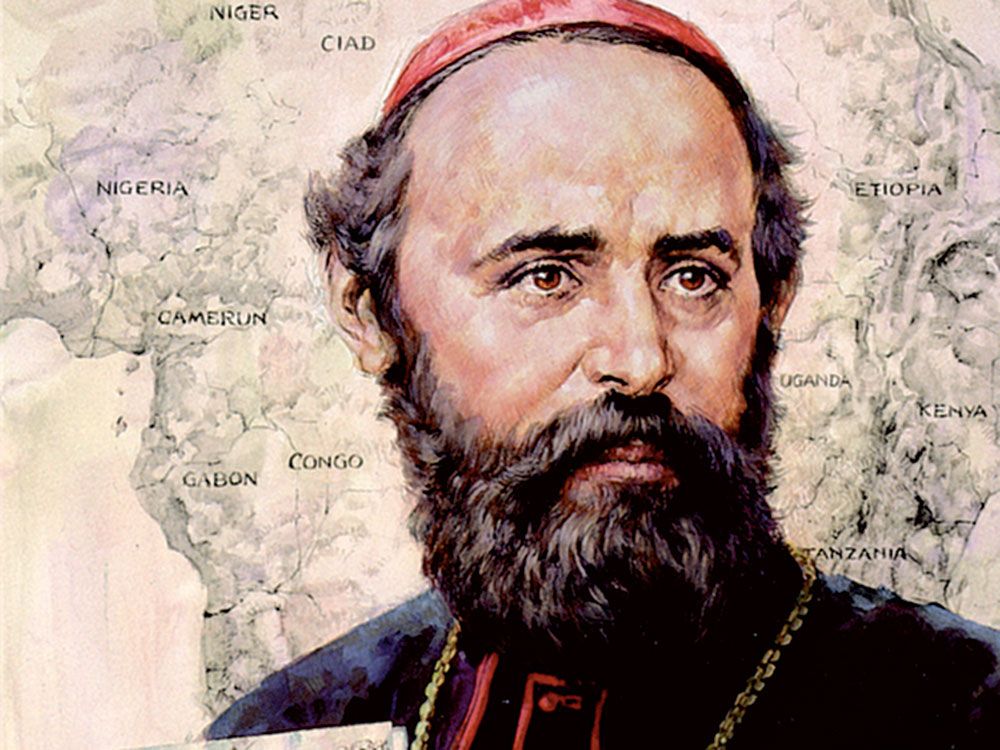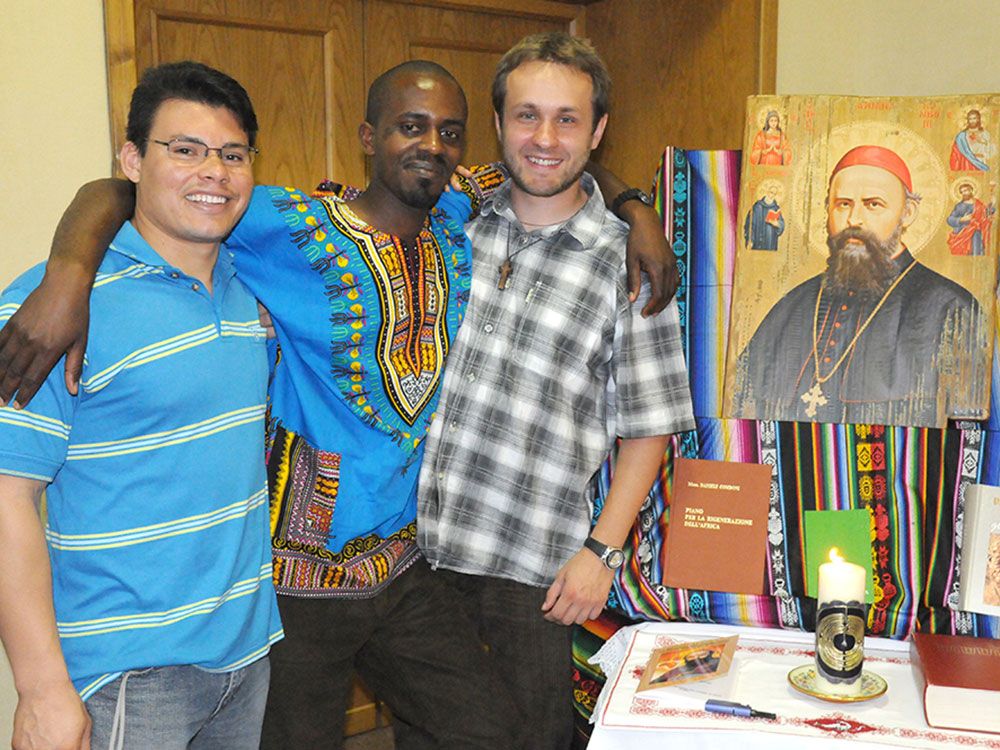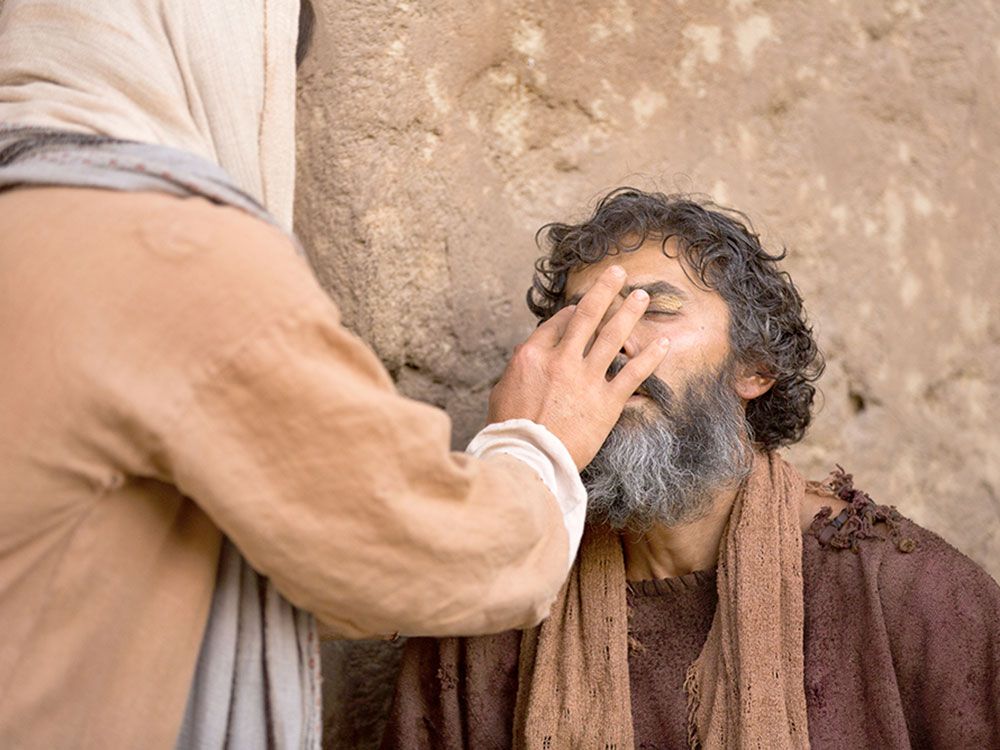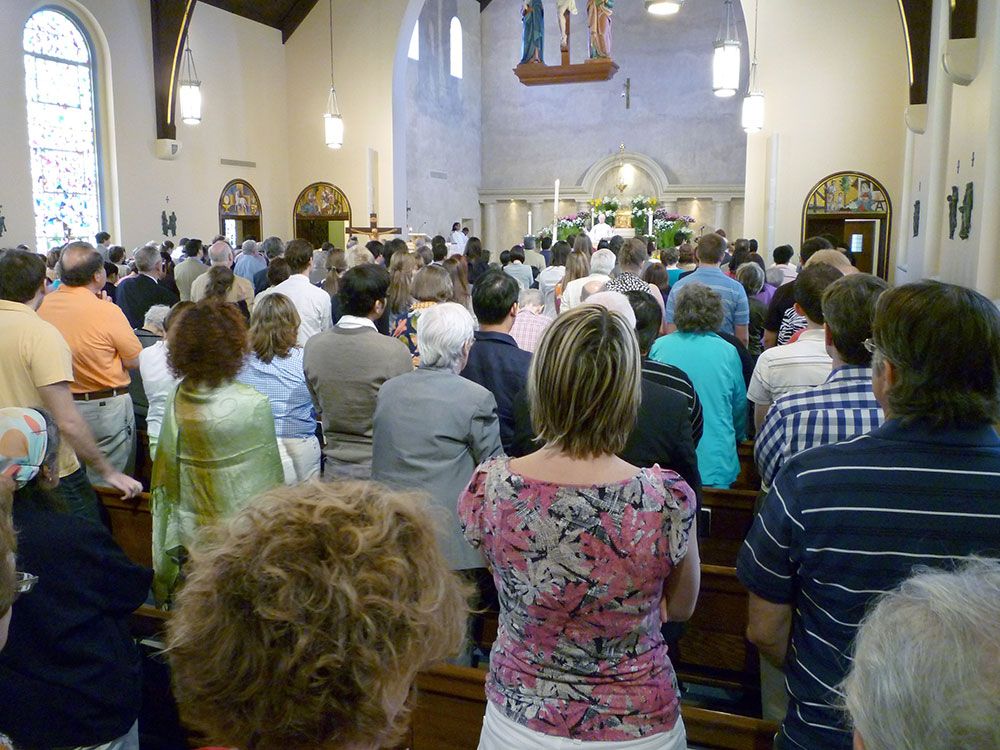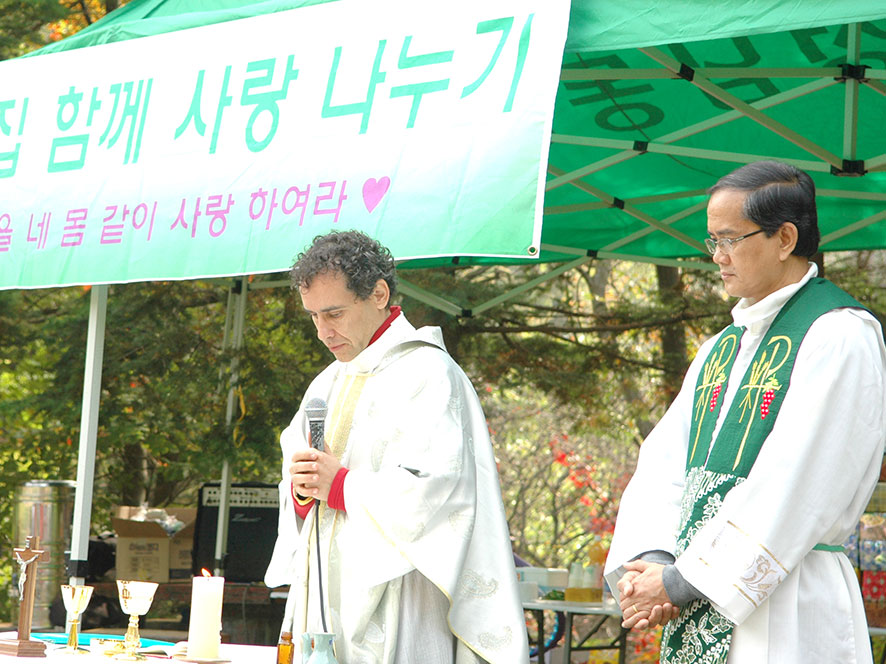“I would like to encourage everyone to engage in constructive forms of communication that reject prejudices towards others and foster a culture of encounter, helping all of us to view the world around us with realism and trust,” so says the Holy Father in his message for the World Communications Day.
The Pope’s “constructive forms of communication” is actually today’s emerging trend in journalism. It is called “constructive journalism” which is touted as the next big thing in social communications. Unlike the traditional reportage that mainly hovers around negative and conflict-based stories, this emerging approach aims to gain a more comprehensive portrayal of the issues at hand and gives more context to news stories in order to help media consumers create a realistic view of the world.
Constructive communication
It takes a more constructive approach to news coverage, not only in analyzing problems but also in potential solutions. The Windesheim’s School of Journalism in the Netherlands is the first international school of journalism that integrated Constructive Journalism into its curriculum. It is headed by Cathrine Gyldensted, a Danish journalist and originator of this new form of journalism.
In the face of a fast-changing media landscape that is characterized by the proliferation of fake news, massive and indiscriminate social media utilization, and the tabloidization of news, journalism is painfully undergoing a “legitimacy crisis.” The alarming migration of advertisers to online media platforms and the operational scaling down of big media networks and news organizations are proof enough that less and less consumers are buying into the traditional media mill.
Interestingly, Chris Moody, Twitter’s Vice President of Data Strategy, reveals that “countless proof points on Twitter that positive messages have more engagement and obtain more reach on our global platform than negative content.” This is substantiated by Arianna Huffington who lately reported:“Increasingly, our traffic online is driven by what people share. Content that is about good news, stories that reinforce our faith in human nature are shared three times more on the Huffington Post than the combined average of all our other sections’ share rate.”
Good news
Deeper than constructive journalism is the mindset that is, at heart, good news. The Pope says: “I would like, then, to contribute to the search for an open and creative style of communication that never glamorize evil but instead to concentrate on solutions and to inspire a positive and responsible approach on the part of its recipients. I ask everyone to offer the people of our time storyline that are, at heart, “good news.”
At first blush, the mindset is the lens through which reality is viewed. But in a deeper sense, that lens is the Christian perspective – it is Christ Himself. “For us Christians, that lens can only be the good news, beginning with the Good News par excellence: ‘the Gospel of Jesus Christ, Son of God.’ (Mk 1:1) With these words, Saint Mark opens his Gospel not by relating “good news” about Jesus but, rather, the Good News that is Jesus Himself.” A Catholic journalist writes with the lens “needed to see and embrace that love that dies and rises.” That lens is the Gospel mindset which is definitely larger than the approaches of constructive journalism.
Horizons of the spirit
A Catholic communicator has to see the transcendence in every story told, and the prominence of the good news in each narrative. “Confidence in the seed of God’s Kingdom and in the mystery of Easter should also shape the way we communicate. This confidence enables us to carry out our work – in all the different ways that communication takes place nowadays – with the conviction that it is possible to recognize and highlight the good news present in every story and in the face of each person.” “

